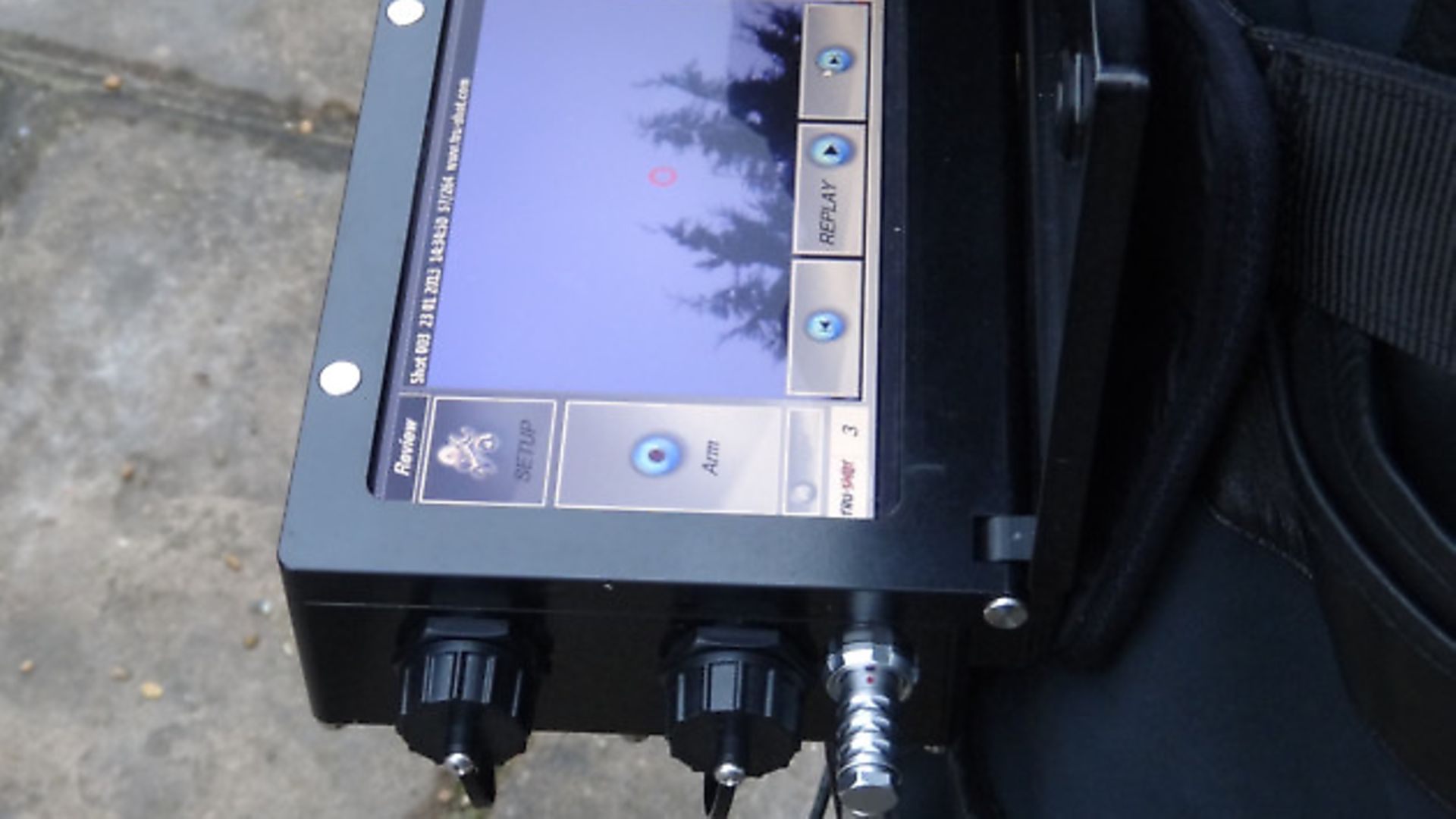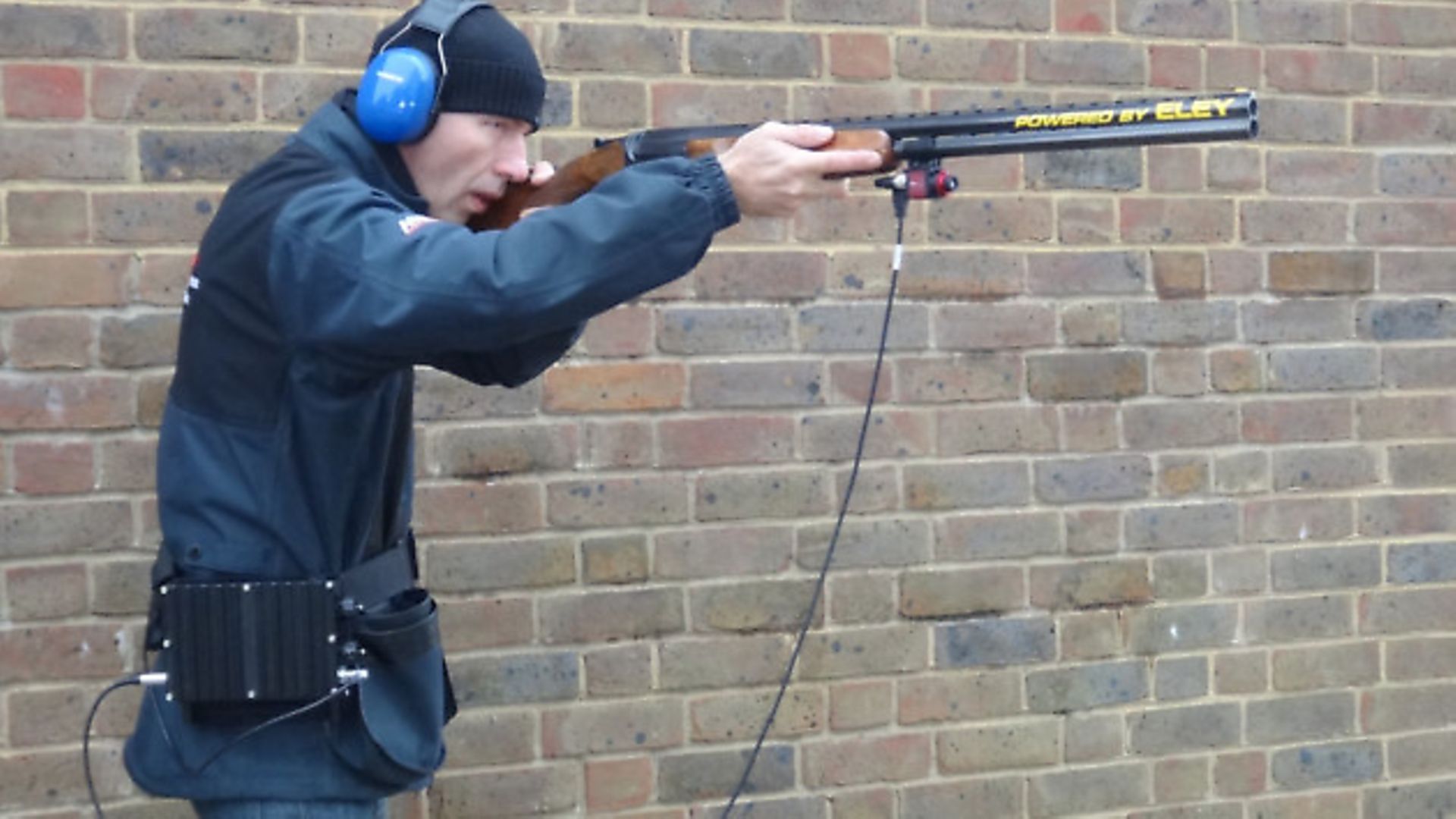Vic Harker hails the advent of computerised coaching aids to shotgun shooting
 credit: vic harker
credit: vic harker
“You were a bit behind that, sir.” These are words whispered in countless ears by shooting coaches, gamekeepers and even idle bystanders since wing shooting in all its many forms was first invented. It’s an opinion given with the intention of being helpful, although it usually isn’t.
 credit: vic harker
credit: vic harker
If the advice comes from an experienced observer to a shooter who is equally so it might just make a difference, but for the most part both are groping in the dark. How much behind might be more helpful, but inevitably that would be a guess and in some cases the shooter may actually have been in front. Of course there are coaches of great experience but even they are fallible. How much better it would be if they knew exactly what happened when their client pulled the trigger so that they would then be able to support their opinion with undeniable proof, thus giving them the opportunity to apply their wisdom to ensure the client didn’t do it again. Well, now they can…
The slogan of Tru-Shot, the company that has developed the small, purpose-built ‘flight recorder’, is “Fact, not fiction” and that says it all. The little black box that the shooter wears around his waist can, by way of a cord and a miniature video camera attached to his gun, conceivably participate in a day’s shooting of almost any kind – game or clay – and record in visual form the results of every shot he made and be clearly able to see what he did right and what he did wrong.
I went to meet Dennis Stepney, the instigator and early developer of the Tru-Shot concept, and Adam Twine, the computer boffin who has developed it to its full potential. Seated in Southern Counties Pavilion over coffee, Dennis and Adam bombarded me with technical details and I quickly glazed: a technocrat I am not. I have some understanding of mechanical principles as developed in the Victorian age and how they apply to firearms, and while I can utilise modern computer technology to a degree, Adam Twine is light-years ahead of me. I am an avid shooter, however, and I defy any keen shot not to be interested in the possibilities of Tru-Shot.
Previous experiences of devices designed to do something similar to the Tru-Shot concept have involved being draped in wires and feeling like a guinea pig in some fiendish experiment. Right away Tru-Shot’s compact, well-designed components dispel that feeling. The recorder box is fastened around your waist on a canvas belt and is no heavier than those worn by Olympic Skeet shooters to hold a box of cartridges. The cable to the video camera, which can be fitted to a side-by-side or over-and-under, is positioned in front of the fore-end by means of an aircraft-weight aluminium clamp, rubber lined so as not to damage the barrels.
This is all done in a bench rest and, rather like zeroing a rifle, the shooter aims his shotgun at a target and his line of sight as it relates to the elevation of his eye above the rib is calibrated into the camera. This process complete, the shooter is ready to go. I would emphasise again that any form of shotgun shooting can be recorded, from a pheasant drive to a round of Sporting or Olympic Trap. I chose the latter at Southern Counties, but whatever it had been I would have experienced the same unencumbered feeling.
Once on the layout I called for the target, which the camera tracks as you move your gun to it, recording everything at 120 frames per second. Shoot a single target or 25 and afterwards press the playback button on the recorder and it shows the flight of the target, the movement of your gun together with the shot pattern leaving it and where everything was in relation to the target: behind it, above, below or bang on. Shooting by yourself you could stop and check the results of every shot one at a time. The recording can also be slowed right down to a 16th of its normal speed and you can see exactly what happened with every shot in slow motion.
The potential Tru-Shot has as the perfect diagnostic machine is obvious. It makes coaching so much easier because you are starting from the basis of clearly recorded fact. Another visual backup to Tru-Shot is the GoPro camera which films you while shooting. It is invaluable so far as improving your shooting technique for much the same reason as Tru-Shot: you can see what you actually do when you call for the target. Little idiosyncrasies that have crept into your stance and gun mount can be immediately identified.
I think we see the future of coaching with both Tru-Shot and the GoPro camera, but certainly not the end of the coach. On the contrary; it just makes him more effective because his pupil can see what he can, and they can work together to cure faults in technique more easily. The very experienced shooter can also work alone with Tru-Shot, as some are already doing.
Seeing your own results after shooting a few targets is interesting, but use Tru-Shot regularly in your training and you start to build a picture of what you consistently do right or wrong on some targets in a way that no amount of practice could provide. Practice then becomes more worthwhile and improvement in technique a faster process.
Though I am as far removed from a computer geek as you can imagine, even I can see the age of computerised aids to shooting has arrived and it will be a great advantage to those who embrace it first.
The Tru-Shot Pro is available for £5,700 and Tru-Shot Lite (a software and camera package for a laptop) is £1,600, both plus VAT. Go to tru-shot.com for more information.
By Vic Harker